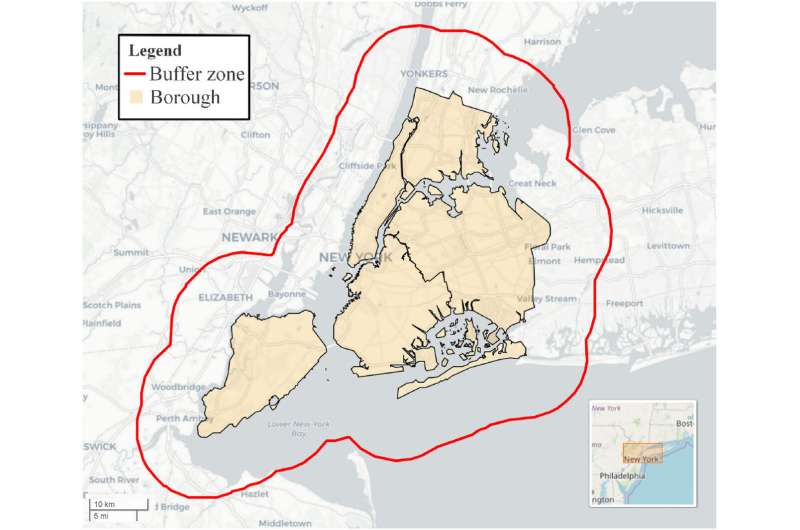Phys.org August 29, 2023
A team of researchers in the US (Stevens Institute of Technology, NOAA) evaluated spatiotemporal variability of deterministic and probabilistic precipitation nowcasting models’ performance over the greater New York City area. They assessed five deterministic and two probabilistic nowcasting methods using Multi-Radar Multi-Sensor data from 2014 to 2022. Three lead times of 2, 4 and 6 h were considered. LINDA-P had the best average Pearson’s correlation of 0.87 at the first step and 0.47 at the last one and the longest 80 min average decorrelation times. Its Mean Absolute Error (MAE) was four times lower in winter than in summer, 0.3 mm vs. 1.2 mm, respectively. LINDA-P scored better than other Lagrangian Persistence-based approaches for moderate and heavy rainfall. Overall, LINDA algorithms outperformed the other nowcasting methods, but at twice the average runtime cost compared to STEPS. Uncertainties can be attributed, among others, to the models’ capability to simulate the dissipation and growth processes… read more. TECHNICAL ARTICLE

The area in which seven different nowcasting models were tested… Credit: Stevens Institute of Technology